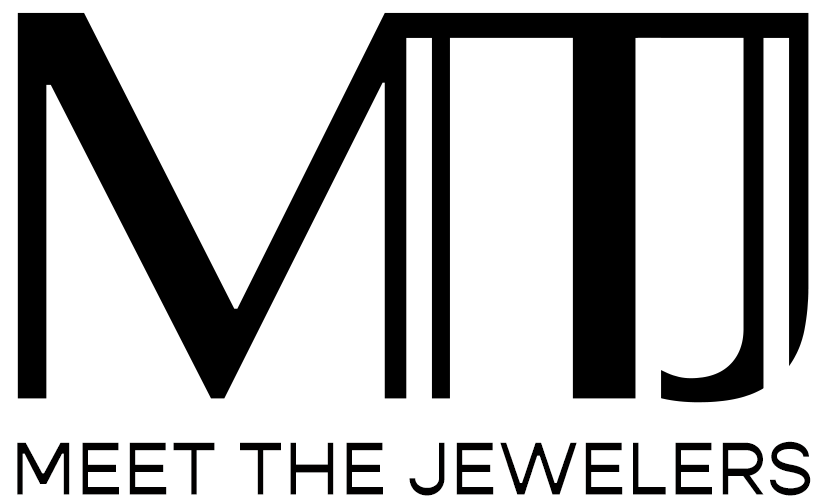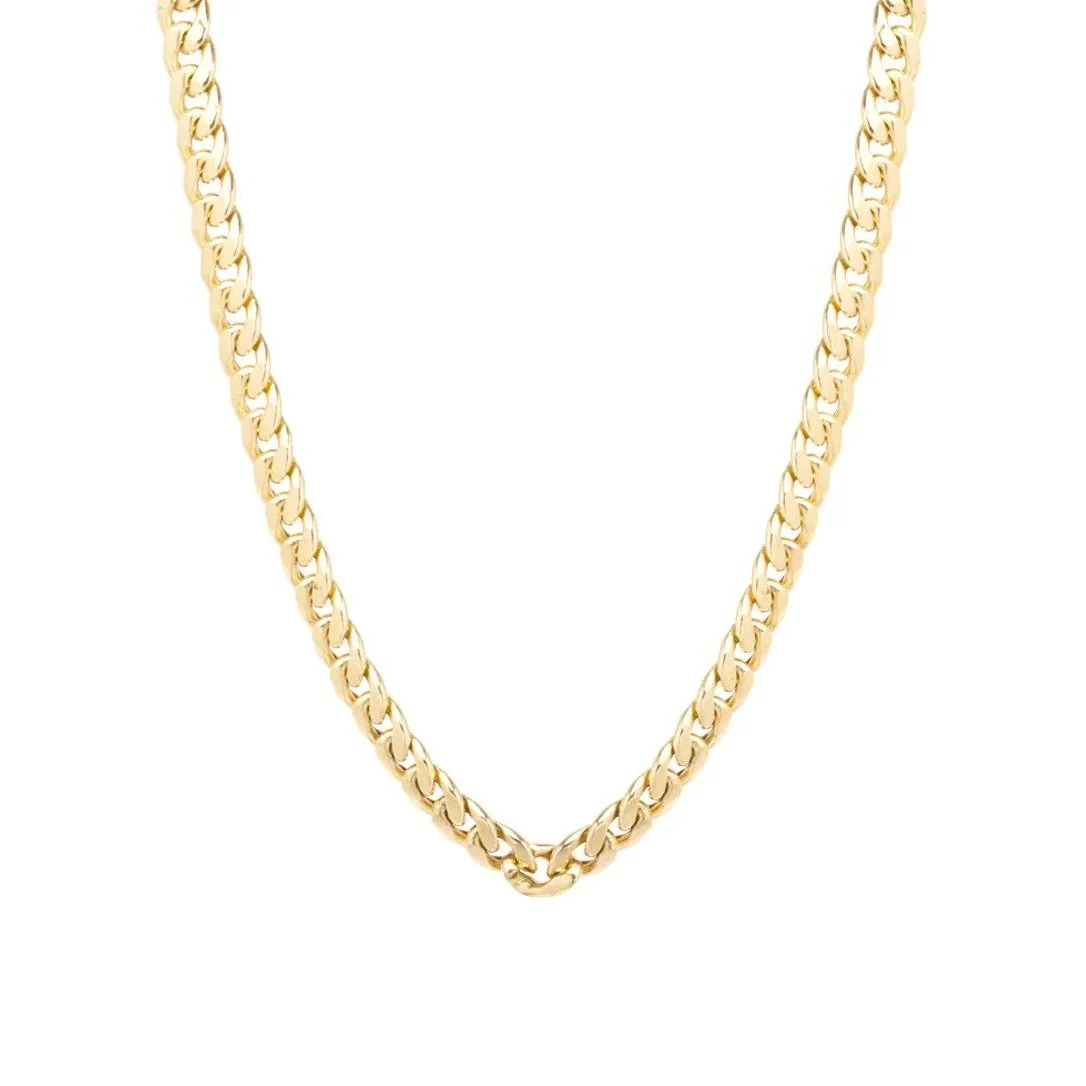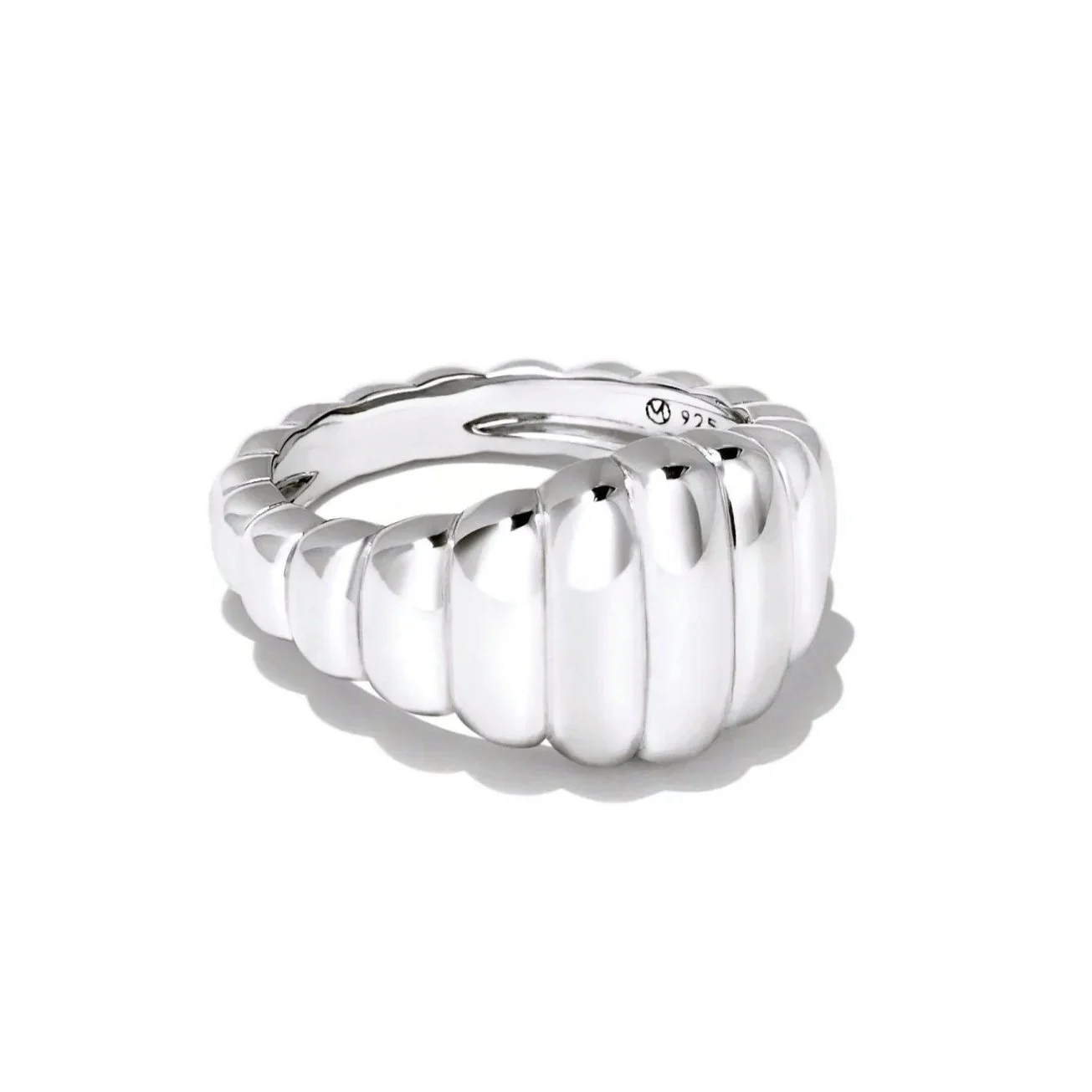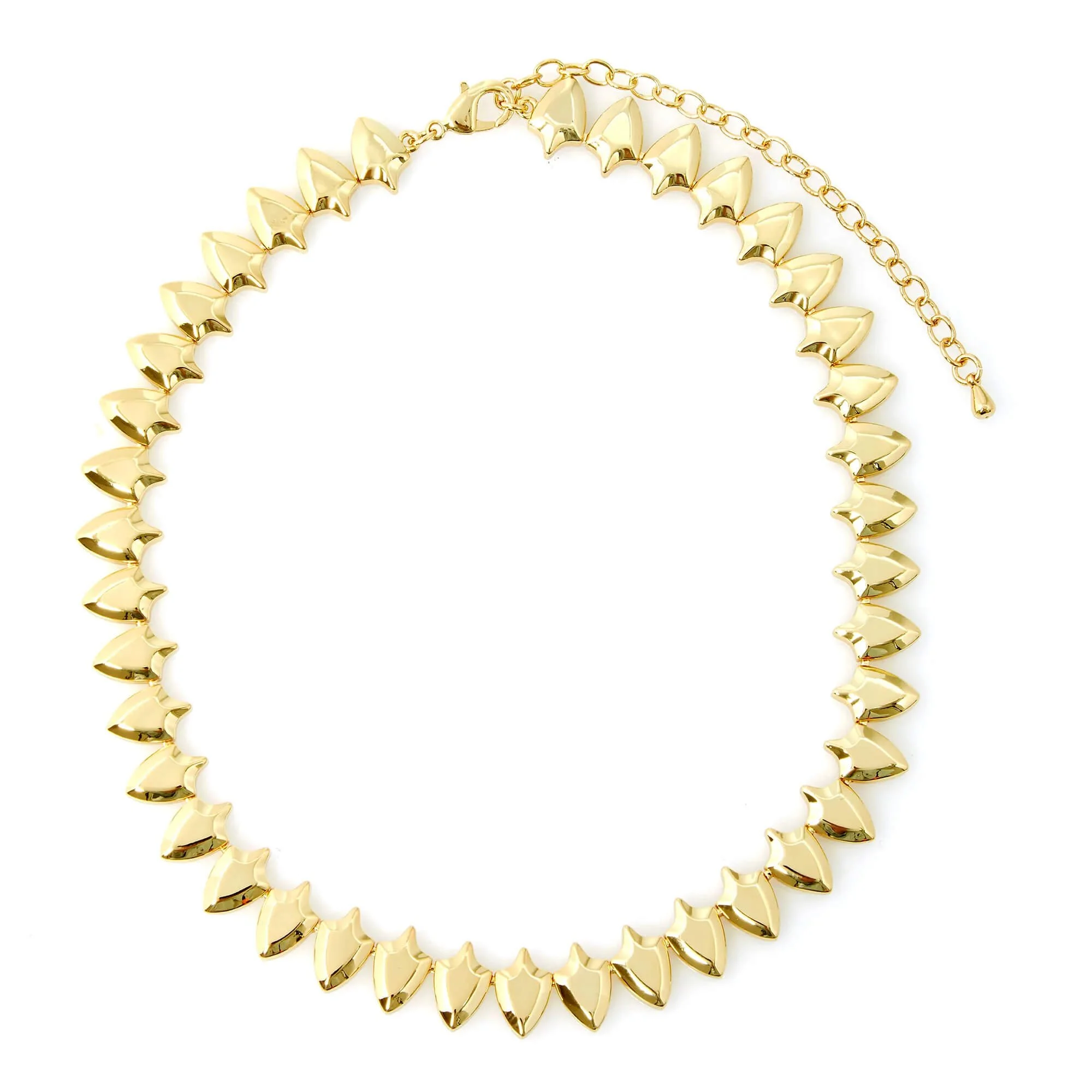MTJ Guide: Jewelry Cleaning For Gemstones, Pearls, and Metals
Photo credit: @zoechicco
If Monica Gellar had a jewelry box…
Give your jewelry the spa treatment it deserves by keeping it clean and sparkly. We gave you our guide to jewelry cleaning 101, but no cleaning is complete without getting into the nitty gritty. That is, how to clean your most precious gemstones, pearls, and metals, because not all jewelry cleaning is created equal. Like your beloved jewels, the details matter and here’s what.
How to Clean Gemstone and Pearl Jewelry
If your collection includes plated jewelry, delicate gemstones, and organic gems (such as pearls, shells, amber, opals, etc), you’ll want to take extra care while cleaning.
Cleaning Gemstone Jewelry
Cleaning gemstone jewelry largely depends on the hardness and durability of your stones. Many stones are sensitive to heat, while others are vulnerable to certain chemicals used in common cleaning supplies. Gems that have been treated to improve their color or clarity via heat, dye, oiling, or fracture filling are particularly prone to damage during cleaning. In general, treated stones should not be used in an ultrasonic cleaner or with any harsh chemicals. Soft stones, such as opals, should only be cleaned with a soft cloth or a soft bristle toothbrush, mild soap, and water.
Akoya Cultured Pearl Strand Necklace, $3,750 at Mikimoto
Cleaning Pearls
Pearl jewelry is some of the most fragile jewelry available. Pearls are extremely soft, ranked at 2.5 (out of 10) on the Moh’s scale of hardness. Pearls should never be heated in an ultrasonic cleaner and are vulnerable to many chemicals such as ammonia and acids—perspiration alone has been known to damage pearls.
To keep your pearls looking their best, wipe them with a cloth after each wear. They scratch easily, so a soft, chemical-free cloth is recommended. If you’re cleaning particularly dirty pearls, you can dampen the cloth with distilled water to gently wipe them clean. Submerging a strand of knotted pearls can damage and stretch the thread they have been strung on. Be sure to avoid excess water getting into the holes by drying well and blowing air near the holes if necessary.
How to Clean Metal Jewelry
Platinum
Platinum jewelry generally requires the least amount of maintenance to keep it looking great. While it doesn't tarnish, it tends to scratch more easily compared to other precious metals. Use a platinum polishing cloth and the dish soap and soft toothbrush method to clean around stones between professional cleanings.
Limitless Lattice Platinum Ring, $1,120 at Platinum Born
14k Gold Large Curb Chain Necklace, $3,000 at Zoe Chicco
Gold
While gold is known for its longevity, you may notice that over time the metal starts to lose its rich luster and the gemstones can look cloudy and dull. Solid gold pieces can easily be cleaned at home with commercial cleaners or an ultrasonic cleaner, but take extra care when cleaning gold jewelry that contains gemstones.
Unlike yellow and rose gold, white gold jewelry is usually rhodium plated to give it a more silvery-white look. If your white gold pieces are starting to develop a yellow tint, it means the plating is wearing off. Most local jewelers can replate white gold jewelry for a small fee, and many jewelers recommend doing so at annual professional cleanings. To prolong the life of the rhodium plating between professional cleanings, take extra caution when cleaning by avoiding abrasives and harsh chemicals.
Silver
You may notice that your silver jewelry requires more frequent cleaning as it tarnishes. A simple silver polishing cloth can keep it shiny, but for pieces with hard to polish areas it helps to use a liquid solution like the foil, baking soda, salt, and water TikTok hack. Commercial jewelry cleaners and polishes are also a great option for solid sterling jewelry as long as the piece doesn't contain fragile gemstones. Higher end sterling silver jewelry is often rhodium plated to delay tarnishing. If the rhodium finish begins to wear away, most local jewelers can replate your jewelry for a small fee.
“Charlotte” Bold Signet Ring, $78 at Mejuri
How to Clean Plated or Costume Jewelry
Shields of Protection Choker, $95 at Chérie LA
Cleaning plated jewelry (and vermeil) should be approached with a level of care similar to cleaning pearls. Plated metal means there is a coat of gold or another precious metal applied over a less expensive base metal. If the coating is scratched or polished away, it cannot be polished back to its original state. Because of this, you’ll want to avoid any sort of abrasives or harsh chemicals that could remove the coating. Use a soft cloth to regularly wipe dirt and grime from the jewelry, and you can use the dish soap and toothbrush method or a delicate commercial dip cleaner if the jewelry is extremely dirty. Take caution when using these cleaning techniques so you don't remove the plated finish from the jewelry as some may have heavier plating than others.
Monica Gellar’s Cheat Sheet for Keeping Jewelry Clean
Gently wipe down your pearls, plated jewelry, or jewelry with any delicate stones with a clean, microfiber cloth after each wear. This helps to remove any oils or dirt and reduces the need for frequent cleanings.
Put on your jewelry after applying hair sprays and perfumes to avoid contact
Remove jewelry when applying lotion, using cleaning supplies, or doing particularly dirty tasks such as yard work
Always remove jewelry when swimming or coming in contact with chlorine (which is damaging to all types of jewelry)
Never use paper towels to dry jewelry because they will scratch the metal. Other abrasives such as baking soda and toothpaste should never be scrubbed directly onto jewelry as it will also scratch.
Separate and store your jewelry in natural fabric bags or anti-tarnish bags to prevent scratching and dust collection
Editor: Samantha Durbin
Wordsmith: Sam Van deWalle
Every item featured is personally selected by our writers and editors (read: we're totally into it). Please know that when you buy through our links, we may earn an affiliate commission (read: we get to keep doing what we love).









